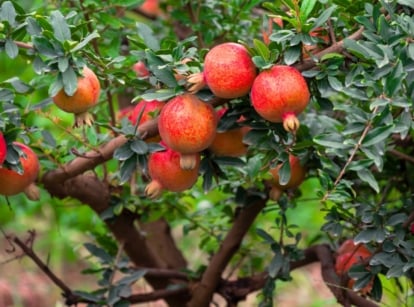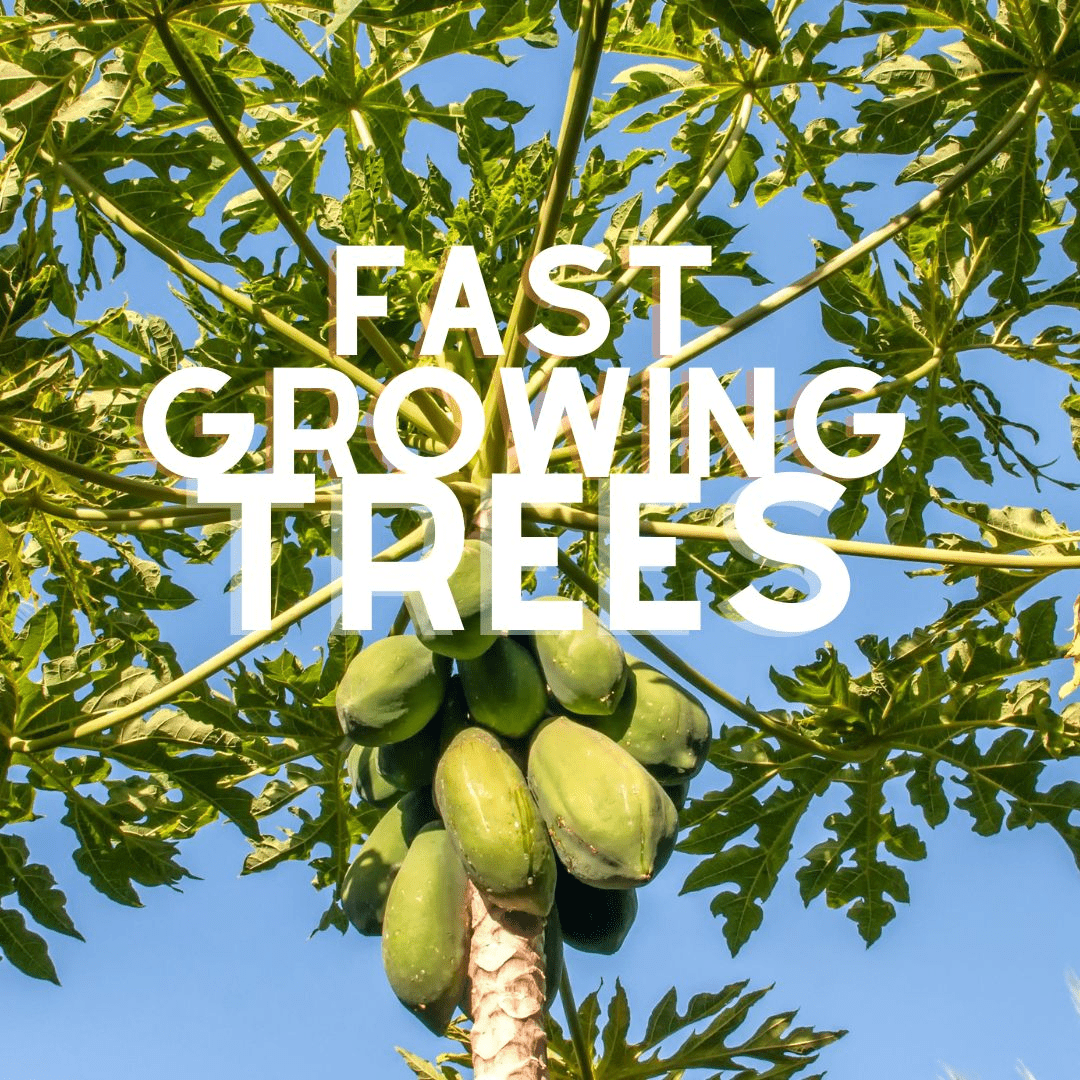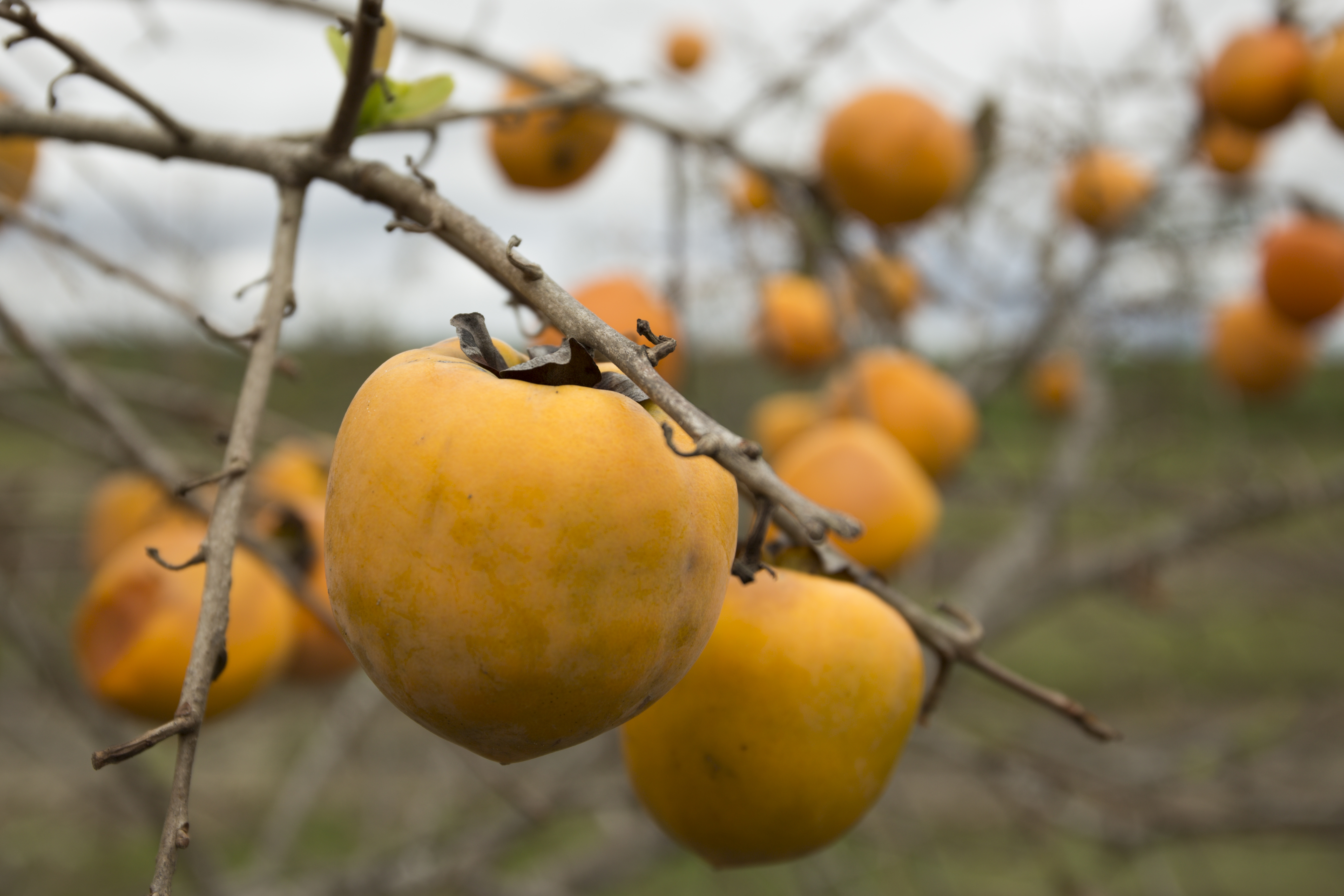Are you ready to transform your Florida garden into a vibrant oasis full of fresh fruit and crunchy nuts? Choosing the right trees can make all the difference in your harvest and enjoyment.
Imagine stepping outside to pick ripe, juicy fruit or cracking open nuts you grew yourself. This guide will show you the best fruit and nut trees that thrive in Florida’s unique climate, helping you grow a garden that’s both beautiful and bountiful.
Keep reading to discover which trees will bring the most flavor and satisfaction to your backyard!
Climate And Soil In Florida
Florida offers a warm and sunny climate ideal for fruit and nut trees. The state’s weather varies from north to south, creating different growing conditions. Understanding Florida’s climate and soil helps choose the best trees for your garden. Soil quality also plays a key role in tree health and fruit production. Preparing the soil correctly boosts growth and yield.
Key Climate Zones
Florida has two main climate zones: the humid subtropical zone in the north and the tropical zone in the south. The north experiences cooler winters, which some trees need to produce fruit. The south stays warm year-round, perfect for tropical fruit trees. Rainfall varies but generally stays high, supporting tree growth. Frost is rare in southern Florida but can occur in the north.
Soil Types And Preparation
Florida’s soil ranges from sandy to clayey, with many areas having acidic pH levels. Sandy soils drain quickly but lack nutrients. Clay soils hold water but can cause root problems. Testing soil pH helps determine if amendments are needed. Adding organic matter improves soil texture and fertility. Proper soil preparation ensures strong roots and healthy trees.

Credit: www.epicgardening.com
Choosing Fruit Trees For Florida
Choosing fruit trees for Florida means picking types that thrive in its warm climate. The state has a unique environment with hot summers and mild winters. This helps many fruit and nut trees grow well. Some trees need more heat, while others handle cooler days. Knowing the right options ensures a healthy garden and good harvest.
Soil type, water availability, and space also matter. Florida soils can vary, so choose trees that fit your land. Some fruit trees need full sun, others can handle some shade. Understanding these needs helps your trees grow strong and produce tasty fruit.
Citrus Varieties
Citrus trees are very popular in Florida. Oranges, lemons, limes, and grapefruits do well here. They love the sunny weather and warm nights. These trees need well-drained soil and regular watering. Citrus trees also attract pollinators, which help fruit grow. Many types resist common Florida pests and diseases. Planting citrus adds color and fresh fruit to your yard.
Tropical And Subtropical Fruits
Florida’s heat suits tropical fruits like mangoes, papayas, and avocados. These trees need protection from cold snaps. They grow best in southern parts of the state. Pineapples and guavas also do well in warm spots. These fruits bring unique flavors to your garden. They often require less care than other fruit trees. Plant them in sunny, sheltered places for best results.
Cold-hardy Options
Some parts of Florida get cooler temperatures in winter. Cold-hardy trees like figs, pomegranates, and certain peaches survive better there. These trees handle brief cold spells without damage. They fit well in north and central Florida gardens. Cold-hardy trees still need sun and good soil. They offer variety and extend the fruit season in Florida.
Best Nut Trees For Florida Gardens
Nut trees are a great choice for Florida gardens. They offer tasty nuts and shade. Many nut trees grow well in Florida’s warm climate. They also attract wildlife and add beauty to your yard.
Choosing the right nut tree can give you fresh nuts for years. Here are some of the best nut trees to plant in Florida.
Pecan Trees
Pecan trees do well in Florida’s climate. They produce sweet, crunchy nuts that many people enjoy. These trees grow tall and provide good shade. Pecans need space, so plant them where they can spread out. They do best in full sun and well-drained soil. Pecan trees also resist many common pests.
Macadamia Nuts
Macadamia trees thrive in Florida’s southern regions. They produce rich, buttery nuts that taste great raw or roasted. These trees prefer sandy, well-drained soil. Macadamias grow slowly but live for many years. They need some protection from cold weather. Macadamia trees also add a tropical look to gardens.
Other Nut Options
Other nut trees can also grow in Florida. Almond trees grow well in warmer areas and produce tasty nuts. Hickory trees offer strong wood and flavorful nuts. Chestnut trees can adapt to Florida but need care. Each tree type has unique needs for soil and water. Choose based on your garden’s space and conditions.

Credit: everglades.farm
Planting Tips For Success
Planting fruit and nut trees in Florida needs care and planning. Success starts with good preparation. Healthy trees grow better and produce more fruit. Follow these tips to plant strong trees that thrive in Florida’s climate.
Site Selection
Choose a spot with full sun. Most fruit and nut trees need at least six hours of sunlight. Pick well-drained soil to avoid root problems. Avoid low areas where water stays after rain. Space trees far enough apart for air flow and growth. This helps prevent disease and supports strong branches.
Planting Techniques
Dig a hole wider than the root ball but not deeper. Place the tree gently in the hole. Spread roots out carefully. Fill the hole with soil and press down lightly. Water the tree right after planting to settle the soil. Add mulch around the base to keep moisture and stop weeds.
Watering And Fertilizing
Water trees deeply and regularly, especially the first year. Avoid shallow watering that leads to weak roots. Use fertilizer suited for fruit and nut trees. Follow instructions on the package for amounts and timing. Too much fertilizer can harm trees. Check soil and leaves for signs of nutrient needs.
Pest And Disease Management
Pest and disease management is key to growing healthy fruit and nut trees in Florida. The warm climate encourages many pests and diseases. These problems can reduce your tree’s fruit production and overall health. Careful attention helps keep your trees strong and productive.
Understanding the common pests and diseases is the first step. Early detection helps stop damage. Using natural and organic methods protects both your trees and the environment.
Common Pests
Florida’s fruit and nut trees face many pests. Aphids suck sap from leaves and stems. Scale insects attach to bark and leaves, causing damage. Fruit flies lay eggs inside fruits, ruining them. Mites cause leaf discoloration and drop. Whiteflies spread plant diseases. Regularly check trees for these pests to catch problems early.
Disease Prevention
Good care prevents many diseases. Plant trees in well-drained soil. Avoid overwatering to stop root rot. Prune trees to improve air flow and sunlight. Remove fallen leaves and fruit to reduce disease spread. Use disease-resistant tree varieties suited for Florida’s climate.
Organic Control Methods
Natural solutions work well in Florida gardens. Use insecticidal soaps to control soft-bodied insects. Neem oil helps manage many pests and diseases. Introduce beneficial insects like ladybugs and lacewings. These insects eat harmful pests. Compost tea sprays can boost tree health and fight diseases. Avoid harsh chemicals to protect beneficial insects and soil life.
Harvesting And Maintenance
Harvesting and maintenance are key to growing healthy fruit and nut trees in Florida. Proper care helps trees produce better fruit and last longer. Regular attention prevents diseases and keeps trees strong.
Each type of tree has its own harvest time and care needs. Knowing these helps you get the best results from your garden. Simple steps make the process easier and more rewarding.
When To Harvest
Harvest fruits and nuts at the right time for best taste. Watch for color changes and softness as signs of ripeness. Pick fruit early in the morning for freshness. Nuts fall from the tree when ready. Collect them quickly to avoid pests.
Pruning Tips
Prune trees during the dormant season to encourage growth. Remove dead or weak branches to keep the tree healthy. Cut back crowded branches for better air flow. Use clean, sharp tools to avoid damage. Pruning helps fruit grow larger and healthier.
Long-term Tree Care
Water trees deeply but less often to build strong roots. Mulch around the base to keep soil moist and cool. Fertilize according to tree type and soil needs. Watch for pests and diseases regularly. Early treatment saves trees from serious harm.
Popular Tree Combinations
Popular tree combinations help create a healthy and productive garden. Choosing the right fruit and nut trees together supports growth and fruit yield. These combinations also improve soil health and reduce pests naturally. Planting trees that work well side by side saves space and time. This section explores smart ways to pair trees for a thriving Florida orchard.
Companion Planting
Companion planting pairs trees that support each other’s growth. For example, pecan trees grow well near citrus trees. Citrus trees attract pollinators needed for pecan nuts. Another good pair is avocado and mango. Both prefer similar soil and water needs. These pairs protect each other from pests. Companion planting helps reduce chemical use in your garden.
Maximizing Space
Maximizing space means planting trees that fit well together. Dwarf fruit trees are perfect for small yards. You can plant dwarf peach and dwarf fig trees close. Their roots do not compete much. Planting tall trees like macadamia nuts alongside shorter trees saves room. This method creates layers of fruit production. It makes your garden more productive without crowding.
Diverse Orchard Ideas
Diverse orchard ideas mix many types of fruit and nut trees. This variety attracts more insects and birds. These animals help with pollination and pest control. Try planting guava, lychee, and walnut trees together. Each tree produces different fruits at different times. This gives a steady harvest throughout the year. Diverse orchards also reduce risk from diseases and weather changes.

Credit: nwdistrict.ifas.ufl.edu
Frequently Asked Questions
What Fruit Trees Grow Best In Florida’s Climate?
Citrus trees like oranges, grapefruits, and tangerines thrive in Florida’s warm, humid climate. Avocado and mango trees also do well due to the subtropical weather. Choose varieties suited for Florida’s USDA zones 9 and 10 for optimal growth and fruit production.
Which Nut Trees Are Suitable For Florida Gardens?
Pecan and macadamia nut trees are ideal for Florida. Pecan trees grow well in North and Central Florida, while macadamia trees prefer South Florida’s warmer zones. Both require well-drained soil and regular watering to produce healthy nuts.
How Do I Care For Fruit And Nut Trees In Florida?
Regular watering, mulching, and fertilizing are key for Florida fruit and nut trees. Prune trees annually to maintain shape and health. Protect trees from pests with organic or chemical controls. Monitor soil pH and nutrient levels for best growth.
When Is The Best Time To Plant Trees In Florida?
The best planting time is during Florida’s cooler months, from late fall to early spring. This timing helps young trees establish roots before the hot summer. Avoid planting during the peak heat to reduce stress and improve survival rates.
Conclusion
Planting fruit and nut trees in Florida brings many benefits. These trees grow well in warm climates and give fresh, healthy food. Choose trees like mango, avocado, or pecan for your yard. They need care but reward you with tasty fruits and nuts.
Growing your own trees also helps the environment. Start small and enjoy watching your garden grow. Nature’s gifts are closer than you think.
